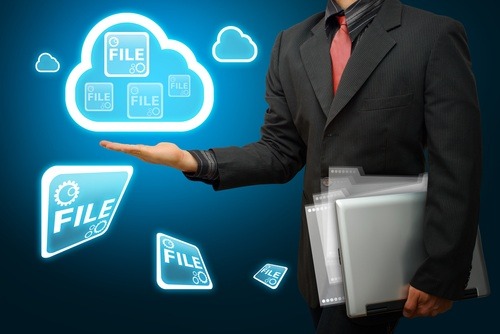IT is the most essential part of many companies; it is the glue that holds all the vital processes and systems together. Should it falter, the losses can be substantial – both in financial and reputational terms.
Businesses now operate in a global marketplace, working with suppliers, clients and colleagues across varying continents and time zones. The ability to do business overseas has been made possible through constant advances in technology that allow effortless sharing of information.
However, this has made us highly reliant on such technology. For the majority of companies, storing hardcopies is now uneconomical, and in any case would drive a cart and horses through their CSR goals. With the ability to store everything virtually and give access to employees in a variety of locations simultaneously, company intranets and drives have become an integral part of all organisations.
Business continuity is the process by which SMEs maintain, monitor and back up their most valuable asset – their information. Business continuity is not about acting when something goes wrong; it is about ensuring you have contingency systems in place so that if the worst happens, you can protect your business as much as possible.
For years the most common solution was to build a physical back-up, which would be switched on if the primary infrastructure failed. However, this was a costly option for SMEs, especially as it might be something you never use.
Now it’s possible to effectively rent a back-up system from a cloud provider. This lessens the need for big capital expenditure and allows for easy upgrading and downsizing, depending on fluctuations within your business.
There are many options available for those looking into ‘cloud’ back up, with varying levels of coverage depending on the needs of the business. It is important to ensure that you are using a package with enough coverage and real-time protection for your business, but equally avoiding unnecessary costs by choosing a provider designed for a larger or more complex business than your own.
In essence, backing up is a form of insurance policy in which you need to ascertain the level of cover required, and perhaps a little extra. Although for many SMEs it is vital to keep costs down, it is also important to weigh up the likely cost to the businesses if something were to go wrong vs. the ongoing cost of protection.
Depending on the amount of downtime you’d be willing to accept, cloud providers Amazon and Microsoft Azure allow you to switch to their standby servers only in the event of a disaster with your primary system. You only pay for their servers when you’re using them – which with luck will be never.
But for your really critical IT functions, where even a few minutes of downtime would be unacceptable, you will need to back-up your data as you go. This raises the more difficult technical challenge of getting your data to the remote site in near real-time. For some businesses, loosing even an hour’s worth of data or contacts could cost thousands and have huge knock-on effects for the company.
This is why is it critical that before you choose a provider for your business continuity, you thoroughly assess the exact level of protection you require.
Microsoft and the cloud specialist VMware have built automated replication into many of their products. This allows data to be saved automatically to your back up server. However, to build a back-up system that can guarantee near-zero downtime is still expensive.
Ultimately, as more businesses move their entire IT systems to cloud-based services like Microsoft 365 and Google Apps, the need to buy elaborate business continuity packages separately is lessening.
The best cloud-based Software as a Service (SaaS) packages increasingly have business continuity built into them, automatically backing up data – either in the same datacenter that hosts the primary server, or better still in multiple locations so the risk is spread.




